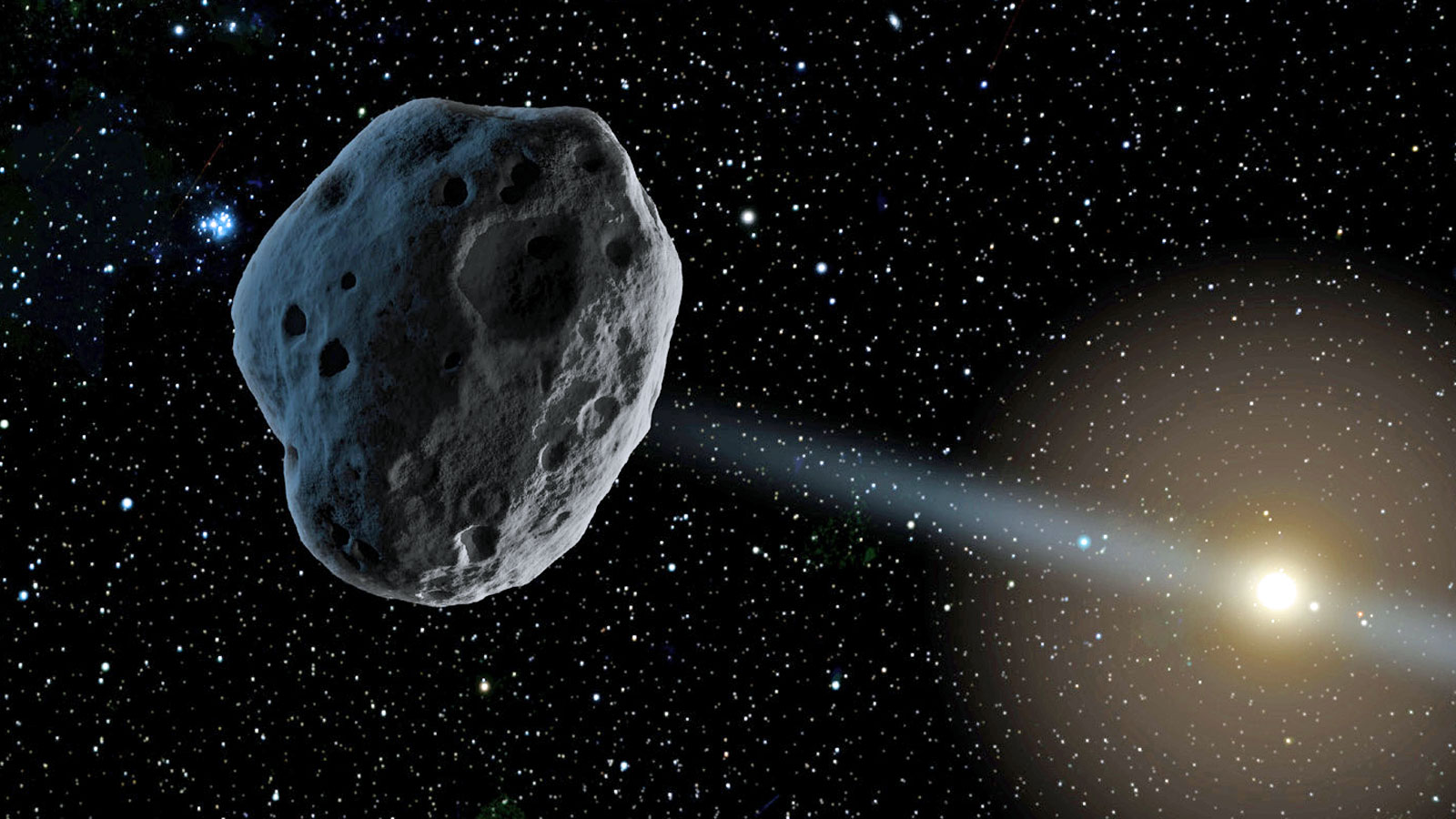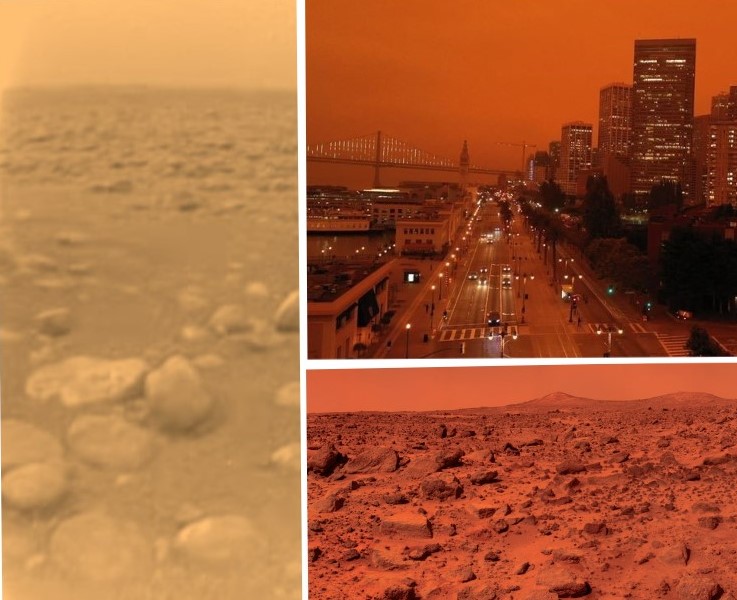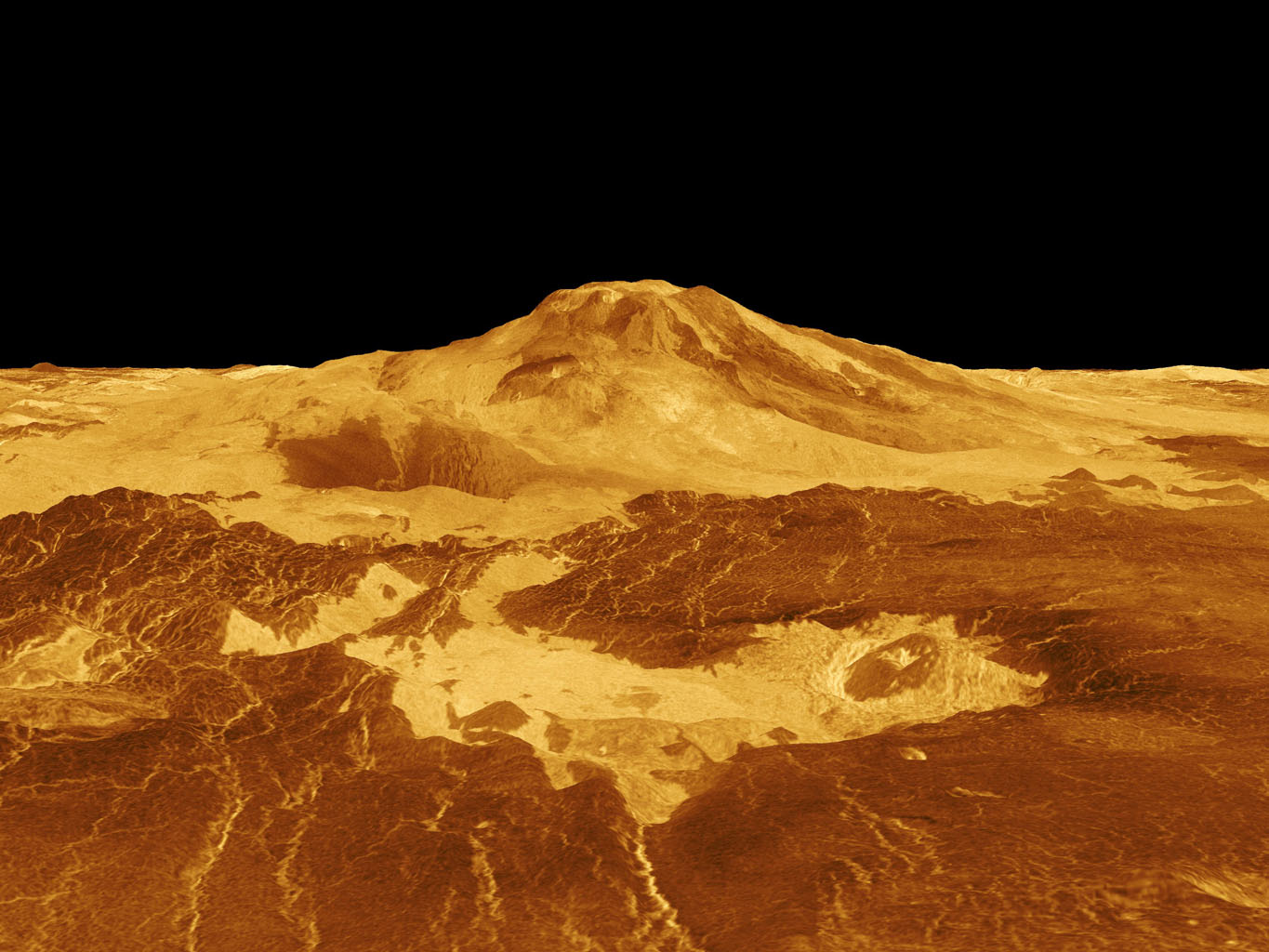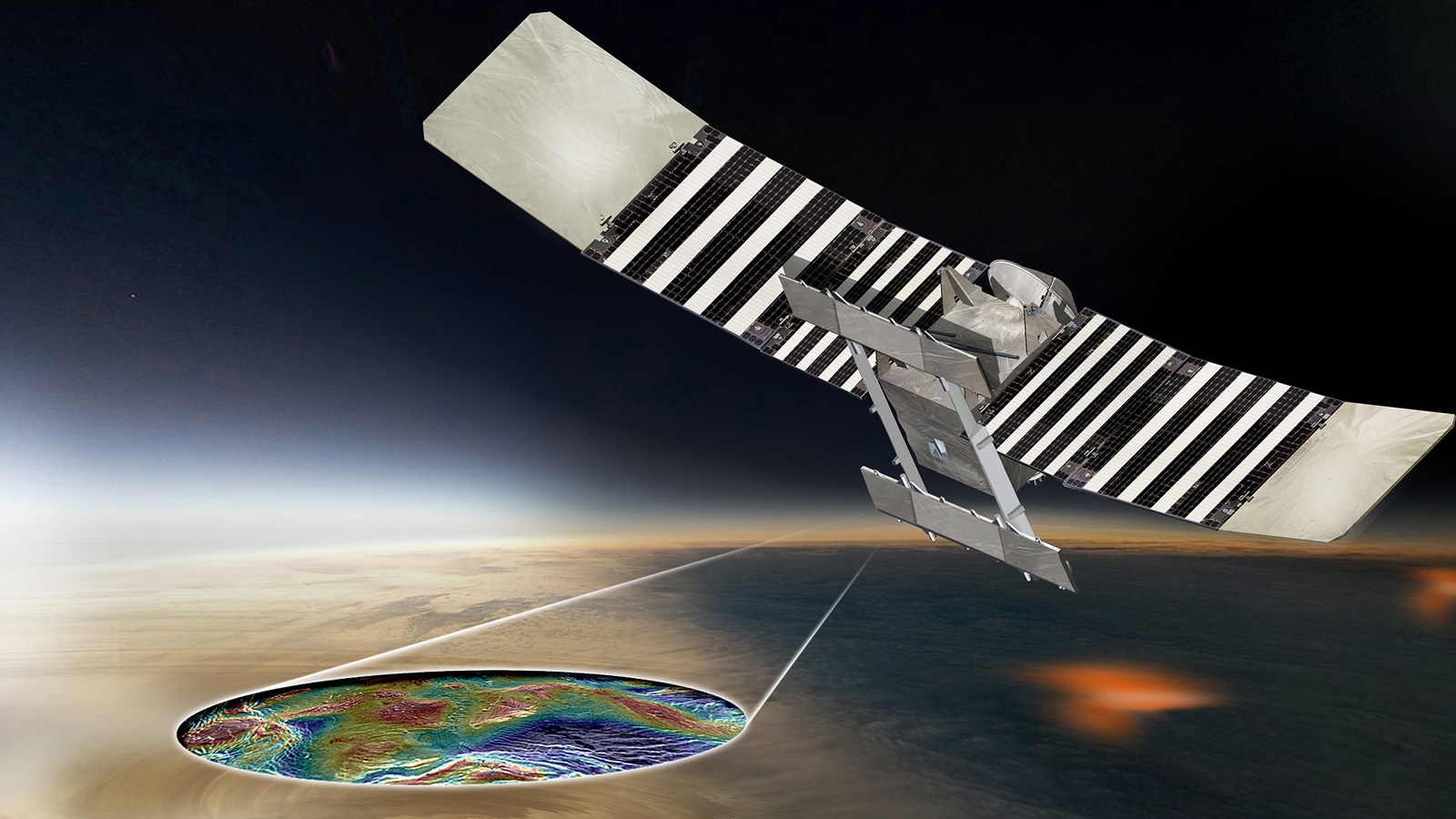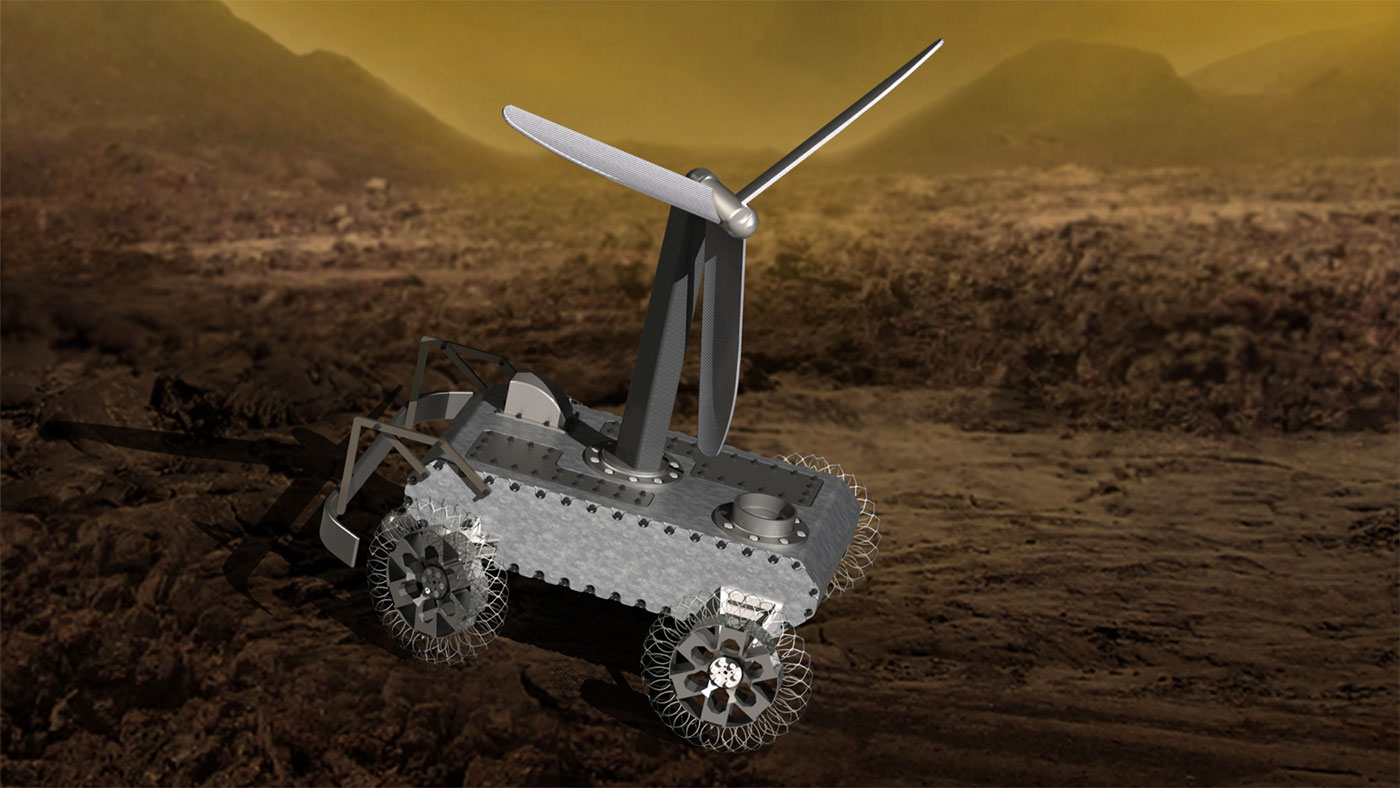Astronomers have painstakingly built models of the asteroid population, and those models predict that there will be ~1 km sized asteroids that orbit closer to the Sun than Venus does. The problem is, nobody’s been able to find one. Until now.
Astronomers working with the Zwicky Transient Facility say they’ve finally found one. But this one’s bigger, at about 2 km. If its existence can be confirmed, then asteroid population models may have to be updated.
Continue reading “Astronomers Have Discovered a 2-km Asteroid Orbiting Closer to the Sun than Venus”
